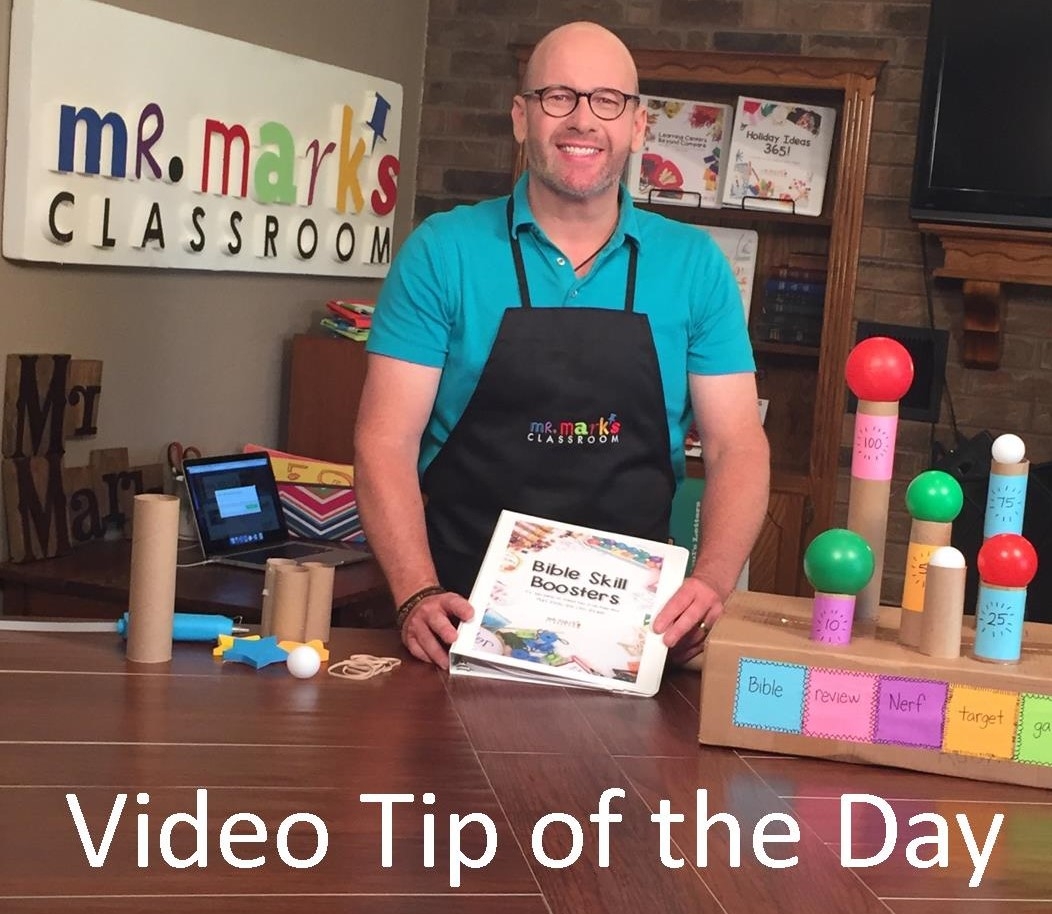Children’s messages have three main components:
Just make one point and help kids understand how that applies to their life.
Introducing the Point
The introduction is possibly the most important part of your message, because you want to grab their attention from the start. They will decide in the first seven seconds if they like you. So come up with something clever, shocking or interesting right at the very beginning. Here are some possible techniques to use:
1. Be dramatic
2. Tell a joke or funny story
3. Tell a story
4. Pose a question
Making the Point
1. Use an outline. Outlining your message will ensure a flow that makes sense and insure the kids don’t get lost.
2. Make the point. Invite the kids to open their Bible (Bible skills re-enforced). Read the scripture. Tell the story in your own words. Explain parts of the story without going deep into biblical backgrounds or history. Explain the life application truth.
Storytelling- Children like more action and plot while adults enjoy more humor and interaction between characters.
Gestures- Children like more dynamic gestures than adults. If you are talking about canoeing, climb into the canoe, push off, kneel down and paddle.
Visual aids are not always necessary, but they are good to include if they help you get your point across. The key is to make sure that they add to your message or create interest.
Provide variety- Object lesson, discussion, interview, question & answer, games, case studies, role model, puzzles/codes, art, weird science, biblical characters in costume (monologue).
Apply the Point
1. Illustrate the application- Use a kid friendly and culturally familiar scenario to illustrate the point. (i.e. school, family, friends, celebrities, music, etc.)
2. Sum up everything for kids in a few concise sentences. Never ask rhetorical questions and avoid sarcasm. Kids don’t get it and when you ask questions you get answers. Long answers.
Project your voice- A speaker’s voice might get softer when making a point. Children will have listening fatigue near the end. Don’t make it harder to listen.






